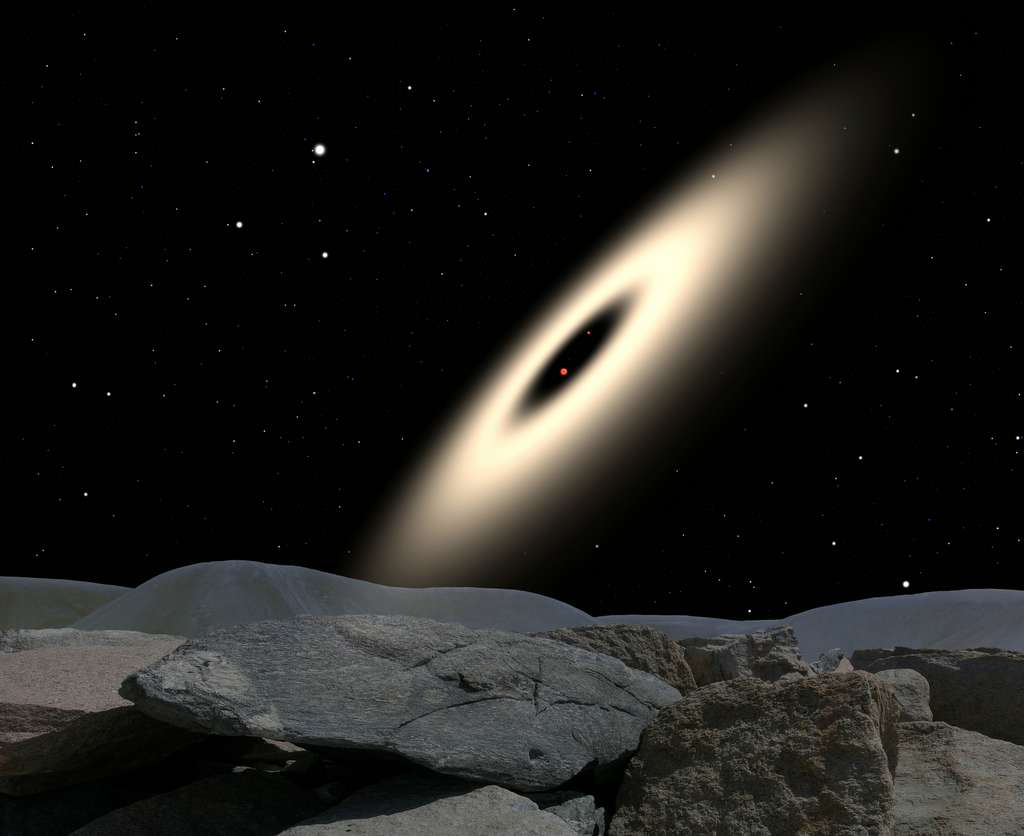New research shows that other sunlike stars in our galaxy aren’t so kind to their planets. Up to a quarter of them may consume planets before they even establish a solar system. That consumption leaves behind a distinct chemical fingerprint in the stars, which can help researchers understand how common planetary systems are…and how often they get destroyed.
Binary sunlike stars should be identical twins. They come from the same protostellar gas cloud. They formed with the same primordial soup of ingredients. They had similar formation histories, even to the point of having nearly the same size. They should look, act, and even smell the same.
But 25% of the time, they don’t. In those cases, one of the binary pair has a higher abundance of heavier elements than its twin. How could these differences arise?
One possibility, as described in a paper recently appearing in the preprint journal arXiv and submitted for publication in the journal Nature Astronomy, is that one of those sunlike stars in the binary pair has eaten its children.
It wouldn’t take much. Just a few Earth masses is enough to contaminate a star’s atmosphere to the point that we could detect those differences with our observations. The researchers behind the study examined 107 binary pairs of sunlike stars and found that planet engulfment was a scarily common scenario.
For decades, astronomers had assumed that the elemental composition of a star told us about its formation history. That the elements found in a star were a record of where it came from. But the new research shows that stars are much more dynamic (and dangerous) than that, and that the presence of heavy elements can indicate a disturbing history.
Armed with this knowledge, future surveys can study stars flying solo. If they happen to contain a higher abundance of heavy elements than usual, then it might be likely that we are seeing the leftovers of a solar system gone awry. With broad enough surveys, this can provide another essential method to determine how common solar systems like our own are.

